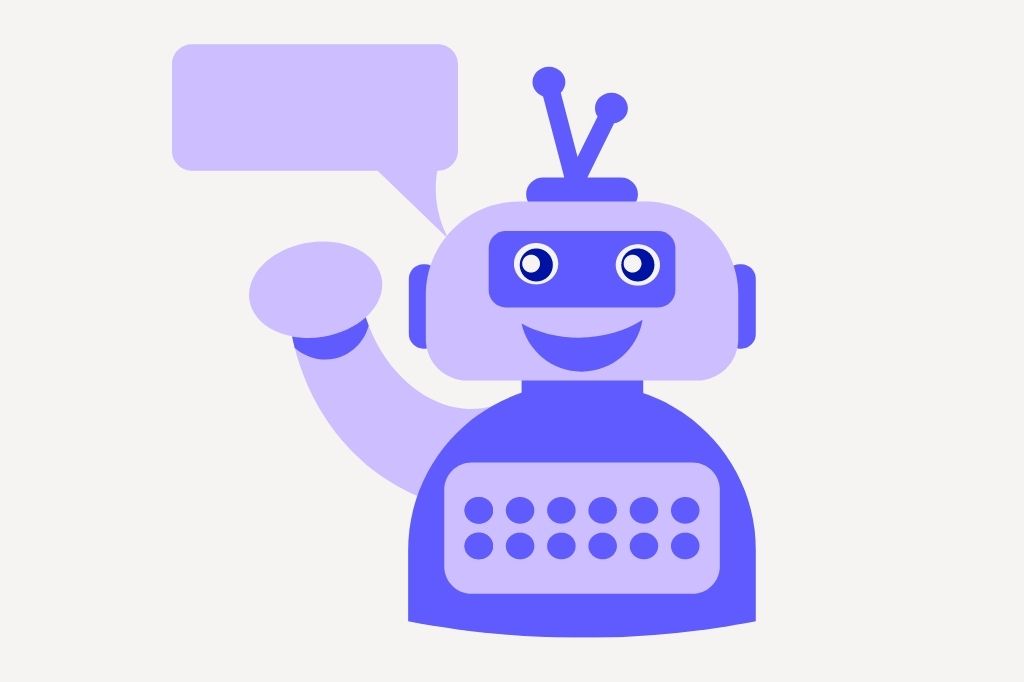Elon Musk’s cofounded company OpenAI has launched what has become the most talked about AI across the internet. ChatGPT might transform how we communicate. It leverages NLP and AI to produce human-like dialogues. It might change customer service, marketing, and education. This article will help you know all that it does, its pros and cons, and most importantly how it affects SEO.
What is ChatGPT
ChatGPT is a large language model that was trained by OpenAI. It is capable of generating human-like text based on the input that it receives. ChatGPT can be used to assist in a variety of tasks, including generating responses to user questions in a chatbot, generating content for a website, or even generating entire articles.
Features of ChatGPT
ChatGPT is a language model built to simulate human conversation in response to textual queries.
Some of its most notable features include:
- The ability to understand and generate text in context, allowing it to respond to questions and provide relevant information.
- The ability to generate long-form text, such as paragraphs or even entire articles.
- The ability to generate responses in a variety of different styles and tones, depending on the context and intended use.
- The ability to learn and adapt over time, becoming more fluent and accurate as it processes more data.
In addition to these core capabilities, ChatGPT also has some other useful features, such as the ability to generate responses in multiple languages and the ability to integrate with other applications and platforms. Overall, ChatGPT is a powerful and versatile language model that can be used in a wide range of applications.
How Does ChatGPT Affect SEO?
In terms of how ChatGPT affects SEO, it is important to note that it is a tool that can be used to generate text, but it is not a replacement for high-quality, original content. Search engines place a high value on unique, relevant content, and using ChatGPT to generate content for a website will not improve its SEO. In fact, it may even harm the website’s SEO if the generated content is not of high quality or is not relevant to the website’s topic.
Overall, while ChatGPT can be a useful tool for generating text, it should not be relied upon as a replacement for high-quality, original content when it comes to SEO. It is important to focus on creating unique, relevant content for your website in order to improve its SEO and increase its visibility in search engine results.
How to Use ChatGPT?
To use ChatGPT, you will need to have access to the model itself, either by using a pre-trained version or by training your own version using a large dataset of text data. If you are using a pre-trained version, you can access it through one of the many natural language processing (NLP) libraries or frameworks that support ChatGPT, such as TensorFlow or PyTorch. Once you have access to the model, you can use it by providing it with a text input and specifying the desired length and style of the generated response. The model will then generate a response based on the input and the specified parameters.
Here are the steps you can follow to use ChatGPT:
- Install the necessary libraries and frameworks. If you are using a pre-trained version of ChatGPT, you will need to install the appropriate natural language processing (NLP) library or framework that supports ChatGPT, such as TensorFlow or PyTorch.
- Load the pre-trained ChatGPT model. If you are using a pre-trained version of ChatGPT, you can load the model using the appropriate method for the NLP library or framework you are using. For example, in TensorFlow you can use the
tensorflow_text.models.ChatGPT()method to load the pre-trained model. - Define the text input and the desired response length. Before generating a response, you will need to provide the model with the text input you want it to respond to, as well as the desired length of the response. This will allow the model to generate a response that is relevant and coherent in context.
- Generate the response using the model. Once you have defined the text input and response length, you can use the model to generate a response. This will typically involve calling a method on the model object, such as
model.generate()in TensorFlow, and providing the input text and response length as arguments. - Print or use the generated response. Once the model has generated a response, you can print it to the console or use it in your application. For example, you might use the generated response as part of a chatbot or as content for a website.
Here is an example of how these steps might look in code using the TensorFlow library:
# Import the necessary TensorFlow libraries
import tensorflow as tf
import tensorflow_text
# Load the pre-trained ChatGPT model
model = tensorflow_text.models. ChatGPT()
# Define the text input and the desired response length
input_text = "What is ChatGPT?"
response_length = 100
# Generate the response using the model
response = model.generate(input_text, response_length)
# Print the generated response
print(response)
This code will load the pre-trained ChatGPT model, define the input text and response length, generate a response using the model, and print the response to the console. You can adjust the code and customize it to suit your specific needs and use cases.



